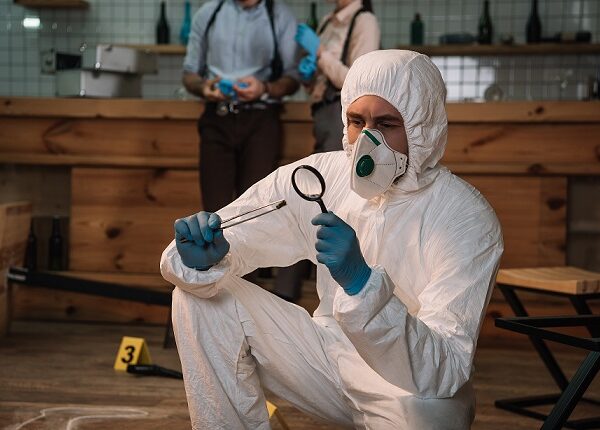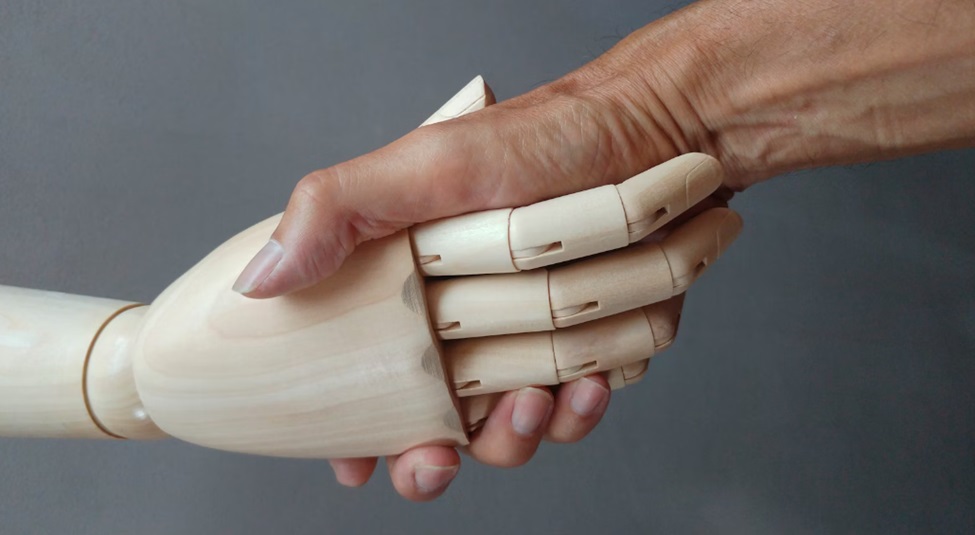Imagine you are a detective. You have a crime to solve and need to find out who did it. How would you go about finding the answer? One way would be to look for clues at the crime scene. Forensics is the study of clues like this. It is the science of using scientific methods to examine evidence from a crime scene. This evidence can help identify the person who committed the crime. If you are interested in Robbinsdale forensics, this article will discuss what it is and how it is used to solve crimes. It will also talk about some of the challenges faced by forensic scientists.
What is medical forensics?
When you think of crime scene investigations, you tend to imagine detectives in lab coats dusting for fingerprints and collecting DNA samples. But there is another side to forensic science that doesn’t often get the spotlight: medical forensics.
Medical forensics is the application of medical knowledge and techniques to investigate crimes. It can include the identification of victims, the determination of the cause of death, or the collection of forensic evidence.
Applications of medical forensics
When it comes to the various applications of medical forensics, it is hard to know where to start. A few examples would include the following:
- Crime scene investigation: This is probably the most well-known application of medical forensics, and it involves collecting and analyzing evidence at the crime scene. It can include anything from fingerprints to DNA samples.
- Forensic pathology is the study of human tissues and organs, often concerning death. Forensic pathologists may be called to testify in court cases to provide expert testimony.
- Forensic toxicology: This branch of forensic medicine looks at the effects of drugs and chemicals on the body. Toxicologists may be called to testify in cases where drugs or alcohol are suspected of being a factor in a crime.
As you can see, medical forensics is a wide-ranging field with many applications. It is important to remember that every case is unique, and the forensic team will use their expertise to piece together the facts and find the answers you need.
Challenges in medical forensics
There are, of course, challenges that come along with medical forensics. One of the biggest is that, unlike traditional forensics, there is no definitive answer.
Take, for example, the case of a hit and run. A medical examiner might find that the victim has bruises consistent with being hit by a car. But without witnesses or video footage, it is impossible to say what happened. Another big challenge is that medical forensics often relies on circumstantial evidence. It can make it hard to prove what happened in a particular case beyond a reasonable doubt. Also, there is the fact that medical forensics is an ever-evolving field. As the understanding of the human body grows, so does the ability to gather evidence and figure out what happened in a particular case.
No matter who you are, you should always be aware of your surroundings and take precautions to protect yourself. It also means that if something happens, you should know where to seek help. Don’t hesitate to contact a professional if you are ever in doubt. Medical forensics is a complex and fascinating field, and it is always evolving. There is always more to learn, and that is what makes it so exciting.




